Scouringrushs and horsetails are known by many different common names such as snake grass, jointed grass, monkey grass or simply Equisetum to name a few. They all belong to the genus Equisetum and the USDA’s plant database indicates that there are 13 species in the Mid-West. The species are separated into different subspecies by stem thickness, frequency of the vegetative form, stem height and various other subtle clues. One thing that is unique about the equisetums is that they do not produce flowers or seed and spread primarily by vegetative means. To learn more about its life cycle please read “The Ancient Horsetail (WS-29-W).” For the purpose of this article, the two species that we typically deal with, field horsetail (Equisetum arvense) and scouringrush horsetail (E. hyemale), will be referred to as horsetail and scouringrush, respectively.
Although typically not a widespread problem in corn and soybean fields, Equisetum is more of a problem around ponds and drainage ditches; however, both horsetail (an Equisetum that produces a small branched vegetative stems) and scouringrush (a species that only produces the reproductive stems) often find their way into agricultural fields. Both species prefer wet environments for reproduction, but can expand by rhizomes into dryer environments. Throughout most of Indiana, but particularly in Northern Indiana, scouringrush expands from drainage ditches into production fields leading to the need for control. The Weed Science team receives a number of calls every summer concerning the control of these weeds.
The inability to effectively control Equisetum with herbicides or tillage is well known, both in the literature as well as by word of mouth. The lack of surface area as well as the structure of the hollow and siliceous nature of the stems may all contribute to inhibit herbicide entry into the plant. The success of controlling the above ground plant relies on control of the underground portion of the plant. There has been work to find suitable herbicides with activity. Peter Sikkema of Guelph University, Canada, reported more than 80% control of field horsetail with combinations of glyphosate and flumetsulam[2]. Flumetsulam is the active ingredient of commercially available herbicide Python®. Researchers in Michigan reported 77% to 92% control with Curtail M® (MCPA + clopyralid)[3].
We conducted a field trial was conducted in Pulaski county in 2009 and 2010 to evaluate various herbicides in combination with mowing to provide better recommendations for control of scouringrush. This was done so we could provide better recommendations to our eastern cornbelt farmers and custom applicators. Products we evaluated consisted of Python®, Hornet®, Roundup Weathermax®, Sharpen®, Gramoxone Inteon®,atrazine, Milestone®, Habitat®, and Element®. The non-traditional corn or soybean products were included because of the realization that to adequately control scouringrush the infested area may need to be taken out of production while control methods are implemented to reduce infestations. To determine if we could make the scouring rush more susceptible to herbicides by stressing the scouring rush, herbicide treatments were applied on mowed and non-mowed plots (Figure 1). For the mowing treatments, a bush hog cutter type of mower was used to cut the scouring rush to a height of 4-6 inches and plants were allowed to regrow for a few days prior to treatment so herbicides could be applied to succulent regrowth. Treatments were applied in the spring (April) or the fall (November) depending on product to evaluate a longer term management approach. Mowing and fall applications were evaluated because of the lack of success reported frequently with single herbicide application trials without use of additional cultural practices like mowing or tillage.
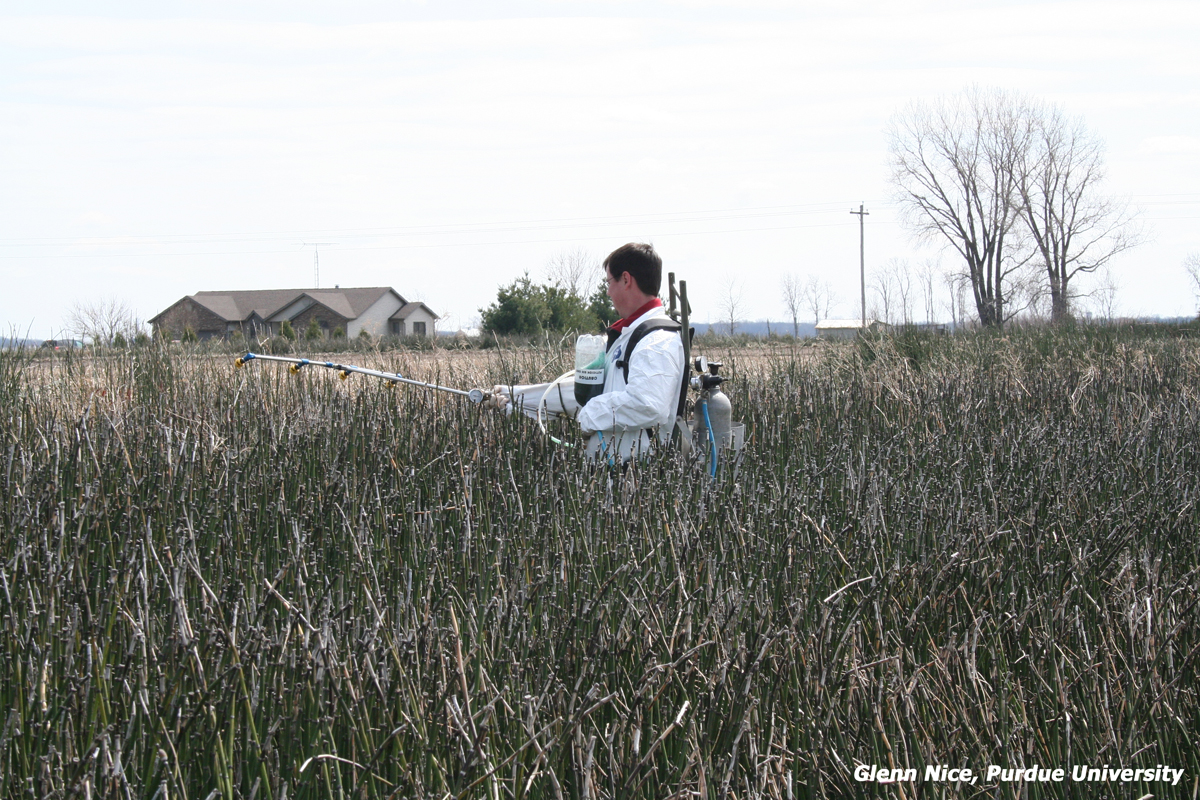
Figure 1. Applications made over the top of non-mowed scouringrush. Dense colonies of scouringrush are not easy to walk through.
Herbicide Efficacy on Non-Mowed Scouringrush
Some of the treatments induced a color response by turning the scouringrush black (Figure 2). This discoloration was most evident in the treatments that included Gramoxone Inteon®, atrazine, and Ignite 280®. The use of Gramoxone Inteon® alone or with atrazine decreased biomass 24% and 31% at 99 days after treatment, respectively (Figure 3), and that was the highest efficacy noted on non mowed plants. However, it should be noted that atrazine cannot be used within 66 feet of a drainage ditch, so atrazine based treatments would not be legal options near drainage ditches. None of the over-the-top treatments adequately reduced the biomass of scouringrush. Mowing was required to produce acceptable results.
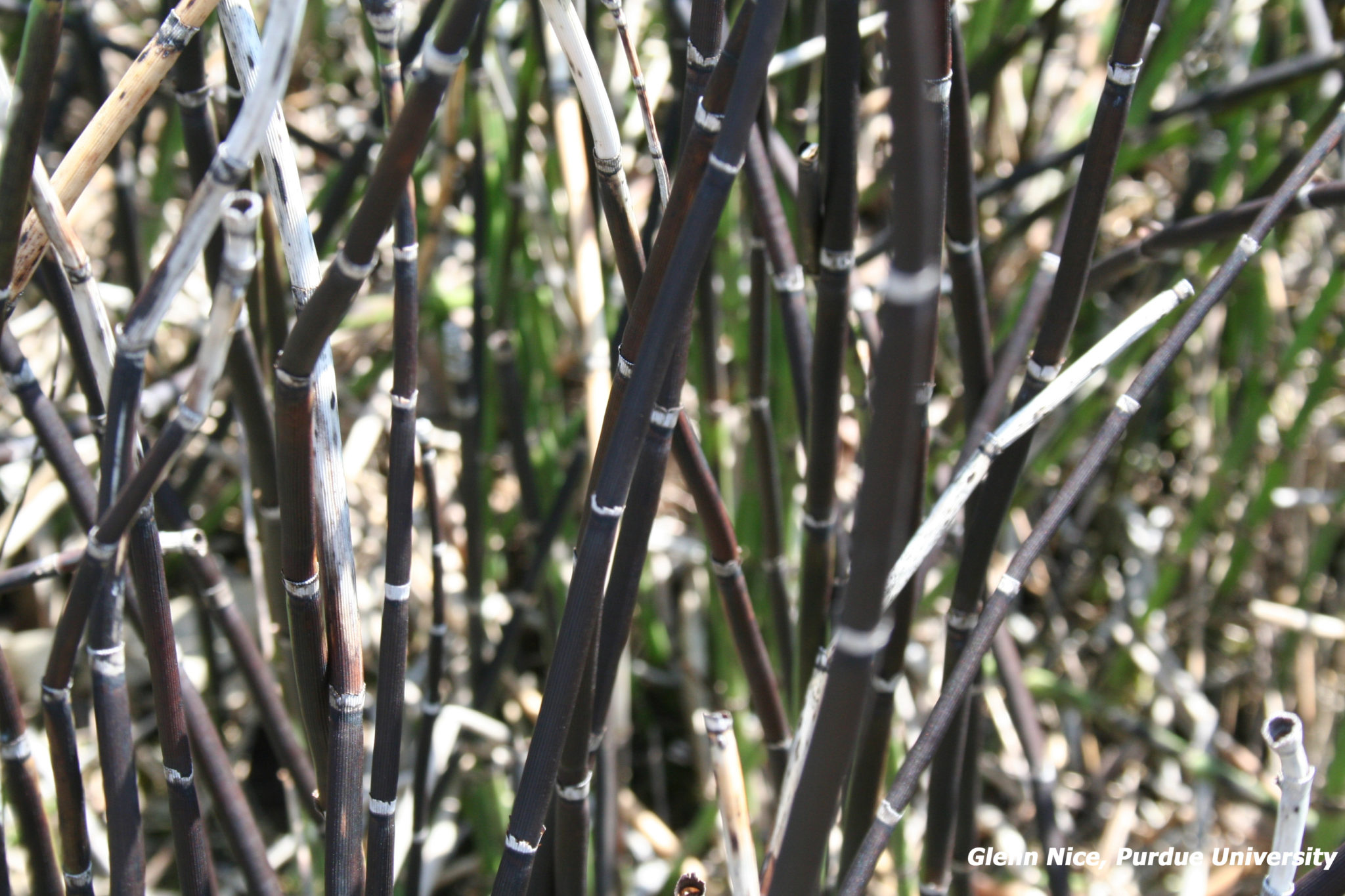
Figure 2. Discoloration of scouringrush after Gramozone Inteon, Gramozone Inteon + atrazine, and Ignite 280 treatments.
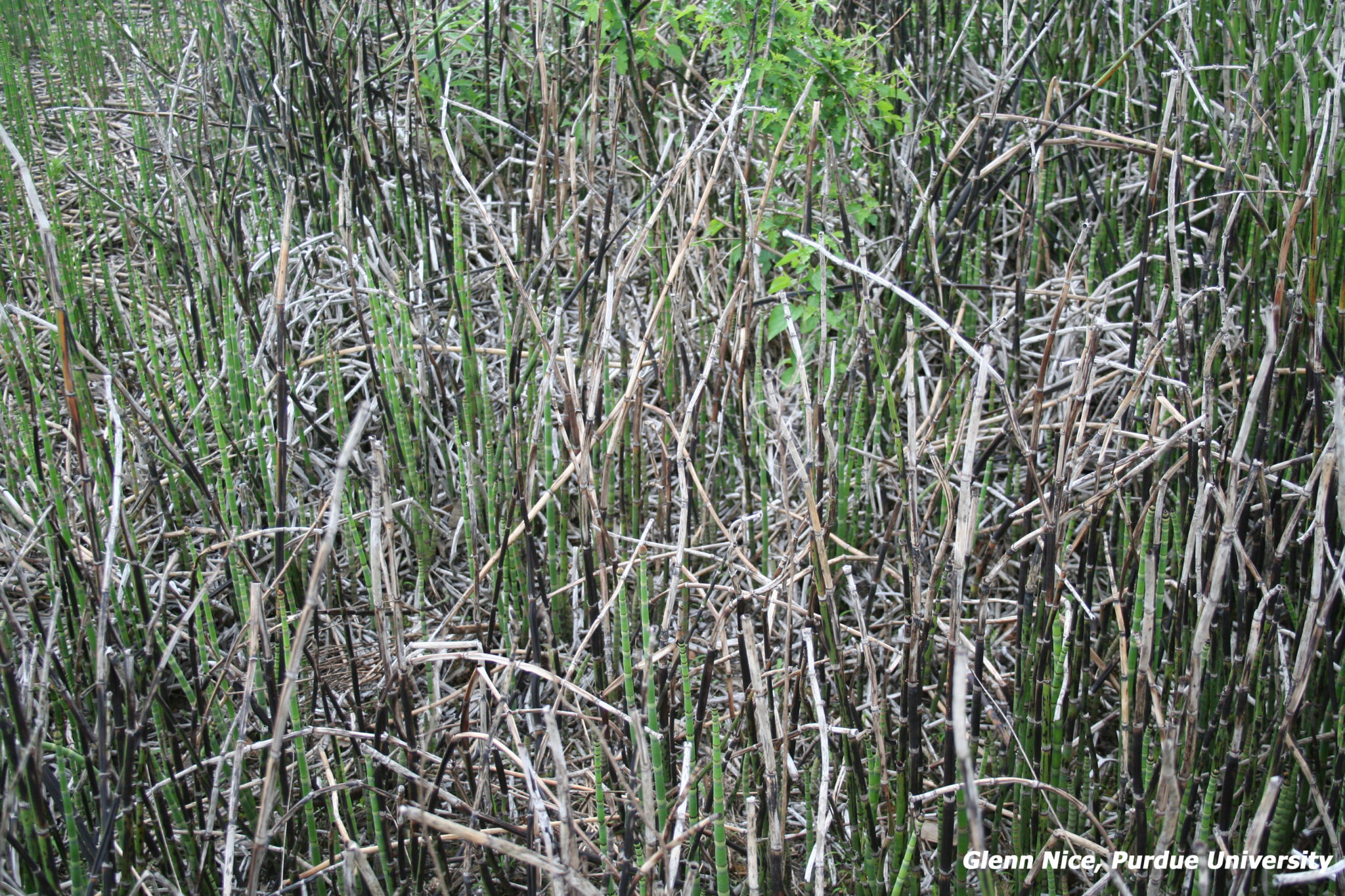
Figure 3. Die back from Gramoxone Inteon applications. Stems turned black then died leaving a mat of dead material. New growth can be seen growing up out of the old growth.
Herbicide Efficacy on Mowed Scouringrush
As would be expected, mowing reduced biomass, and would be a relatively low cost and low environmental impact tactic to include in an integrated approach to controlling scouring rush. Stem counts were collect in the mowed plots during mid-summer after spring herbicide applications in 2009 and 2010. The 2009 stem counts were collected on plots that had only a spring application. The counts in 2010 were taken in plots that had two years of spring applications or one fall application. In the 2009 summer counts, before the fall-applied treatments were applied, Milestone® had the lowest amount of regrowth at 4 stems per sq. ft. (Figure 4), compared with 32 stems per sq. ft in the untreated plot (Figure 5). The Python® and Hornet® treatments provided an intermediate level of suppression of regrowth with 20 and 19 stems per sq. ft. on average.
During the following growing season, stem counts were taken on June 1, at 42 days after spring applications and 200 days after fall applications. At the time of stem counts, there was little to no regrowth in plots that received Habitat® applications in the fall (Figure 6). Mowed plots that received treatments with Milestone, Gramoxone Inteon®, atrazine, and Sharpen® had stem counts between 8 and 19 stems per sq/ft. (Figure 7).
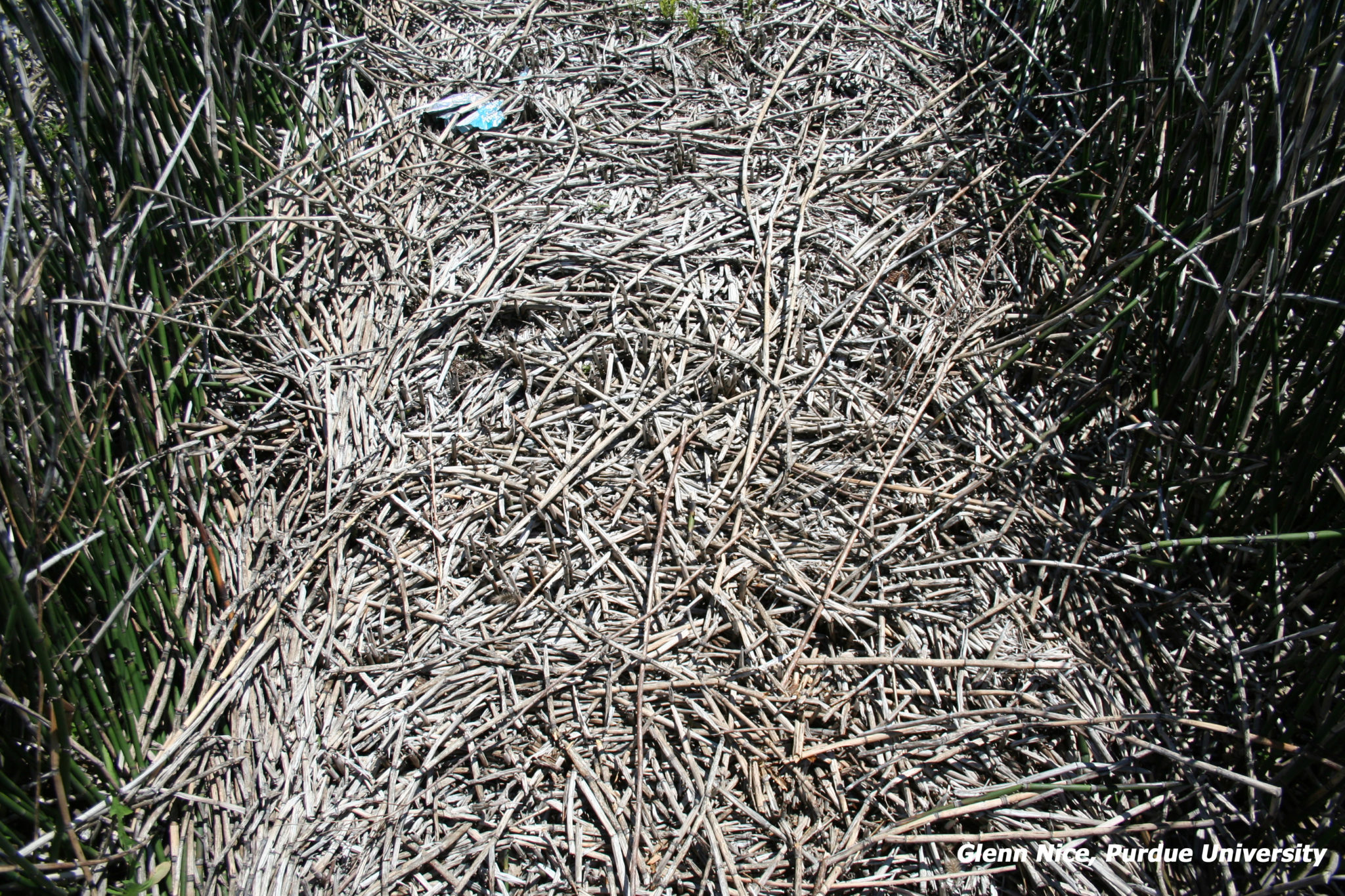
Figure 6. Habitat applied in the fall showing no regrowth in the spring. Picture taken 200 days after fall applications.
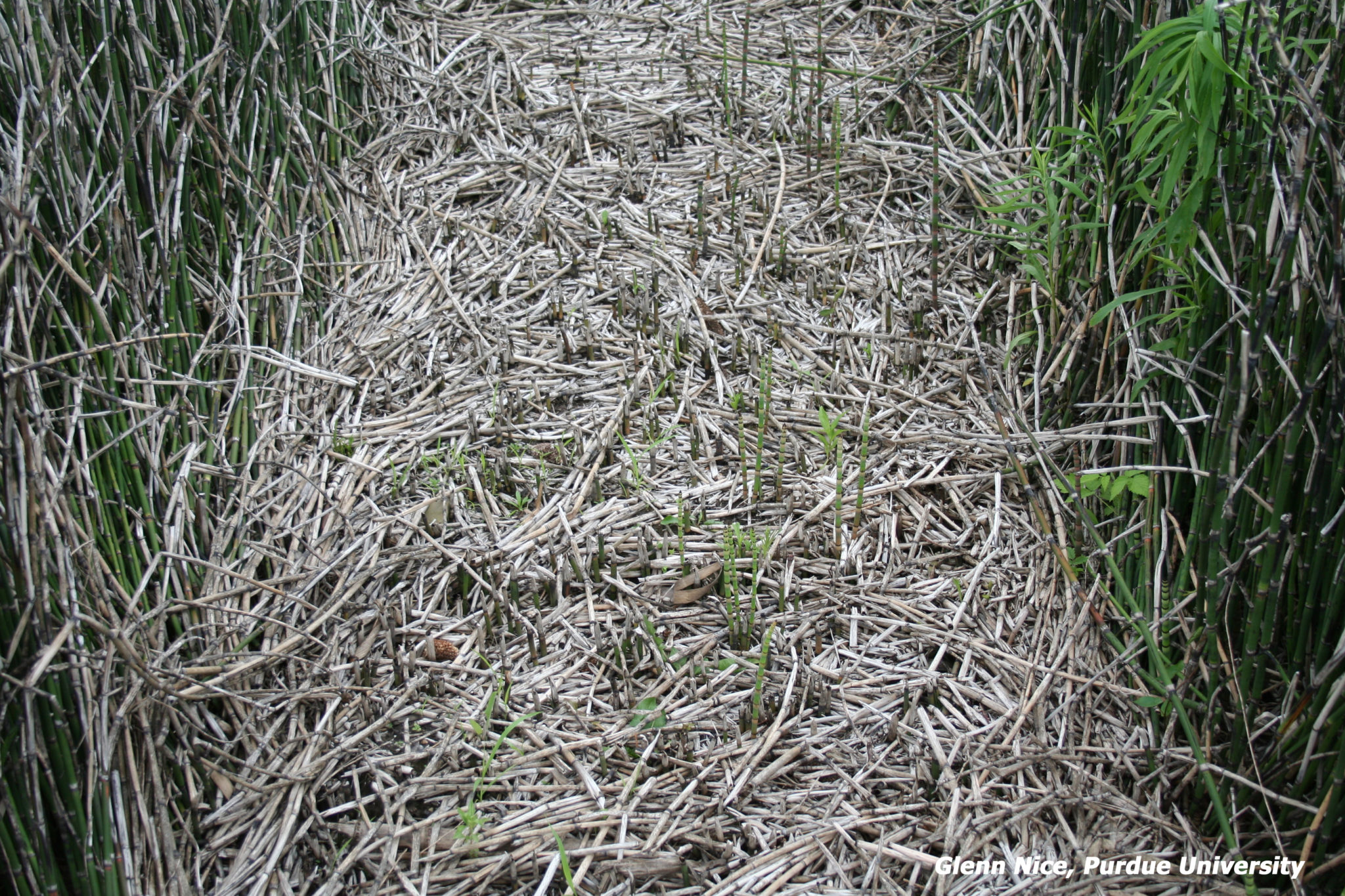
Figure 7. Milestone applied in the fall showing a small amount of regrowth. Picture taken 200 days after fall applications.
More work needs to be done on this weed to better understand its reaction to a combination of control strategies. Although there were products such as Habitat® and Milestone® that showed promising results, these products required mowing for the full benefit. Fall applications of Habitat® on mowed plots provided the best control at 200 days after treatment. However, when Habitat® was applied over the top of non-mowed scouringrush it did not reduce biomass at 42 days after application. Milestone® and Habitat® are not labeled for row crops and have substantial rotation restrictions for the planting of some row crops (Figure 7). This may require that the area being treated would have to be taken out of production for the restricted amount of time required by the label. Gramoxone and Sharpen based treatments could also be used if supplement with mowing to reduce populations as well near water sources where atrazine would not be allowed.
Reference
1. D. Cloutier and A.K. Watson. 1985. Growth and regeneration of field horsetail (Equisetum arvensis). Weed Science 33:358-365.
2. G. Nice and P. Sikkema. 2007. The Ancient Horsetail. WS-29-W. https://www.extension.purdue.edu/extmedia/WS/WS-29-W.pdf. Accessed April 15, 2020.
3. R.J. Richardson and B.H. Zandstra. 2004. Equisetum Control. http://www.ipm.msu.edu/landreport/2004/equisetumControl.pdf Accessed July 19, 2010.




